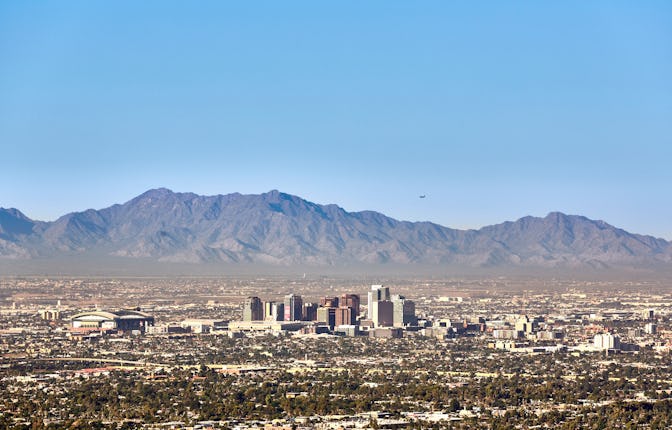Three-Quarters Of Earth Has Become Permanently Drier Since 1990
Our planet’s land is drying up. Here’s what that means for all of us.

In a world where water is life, the news that over 75 percent of the Earth's land has become permanently drier since 1990 is nothing short of alarming. According to a recent report from the United Nations Convention to Combat Desertification (UNCCD), this dramatic shift in climate has profound implications for both ecosystems and humanity.
How The Planet Is Drying Out
The UNCCD's report, released just days ago, paints a vivid picture of our planet's changing landscape. It found that some 77.6% of Earth’s land experienced drier conditions during the three decades leading up to 2020 compared to the previous 30-year period. Despite witnessing more frequent and severe water-related disasters like floods and storms in certain regions, the overarching trend indicates that dryness is becoming the new normal. This paradox highlights how climate change is not just about rising temperatures; it’s also about shifting weather patterns that can lead to prolonged dry spells across vast areas.
Scientists have warned that if current trends continue, up to five billion people could find themselves facing severe water scarcity by 2100. This is not merely an environmental issue; it’s a looming humanitarian crisis.
Climate Change, Droughts, And
Human-induced global warming plays a significant role in this drying phenomenon. As greenhouse gas emissions continue to rise, they contribute to extreme weather patterns that exacerbate drought conditions worldwide. Every continent is feeling the heat — quite literally — with agricultural lands turning parched and fresh water sources dwindling.
The UN report comes at a critical time as global leaders gather in Saudi Arabia to discuss strategies for combating desertification. These discussions are vital because they address not only environmental degradation but also its socio-economic effects on communities around the globe.
Impacts on Humanity and Ecosystems
The implications of permanent drying extend far beyond just water availability. Ecosystems across the globe are at risk as habitats become inhospitable due to changing climates. Biodiversity losses could occur rapidly as species struggle to adapt or migrate to cooler areas with sufficient moisture.
For humans, especially those living in arid regions or developing nations heavily reliant on agriculture, these changes pose significant risks. Food security could be jeopardized as crop yields decline due to lack of water, leading potentially to increased prices and social unrest.
What Can Be Done?
Addressing these challenges requires collective action at both local and global levels. Strategies include improving water management practices, investing in sustainable agricultural techniques, and enhancing community resilience against climate impacts through education and infrastructure improvements.
Moreover, tackling climate change head-on by reducing carbon emissions must remain a priority if we wish to reverse or at least mitigate these drying trends. Innovative technologies such as desalination plants or rainwater harvesting systems may also provide temporary relief but should not replace sustainable practices aimed at conservation.
As we navigate this new reality where dryness prevails over abundance, it’s essential for individuals, communities, businesses, and governments alike to adopt proactive measures toward sustainability — before it’s too late.